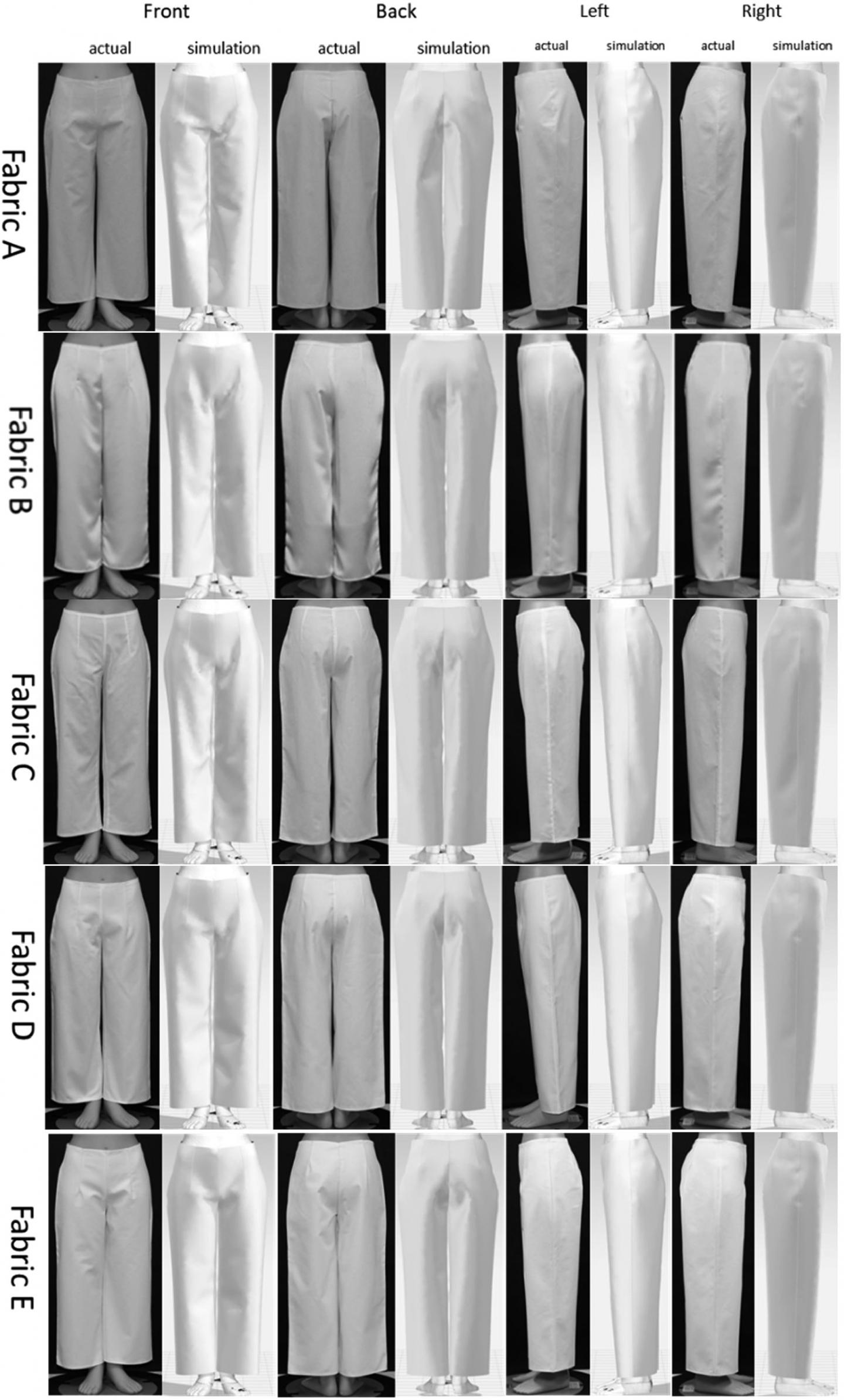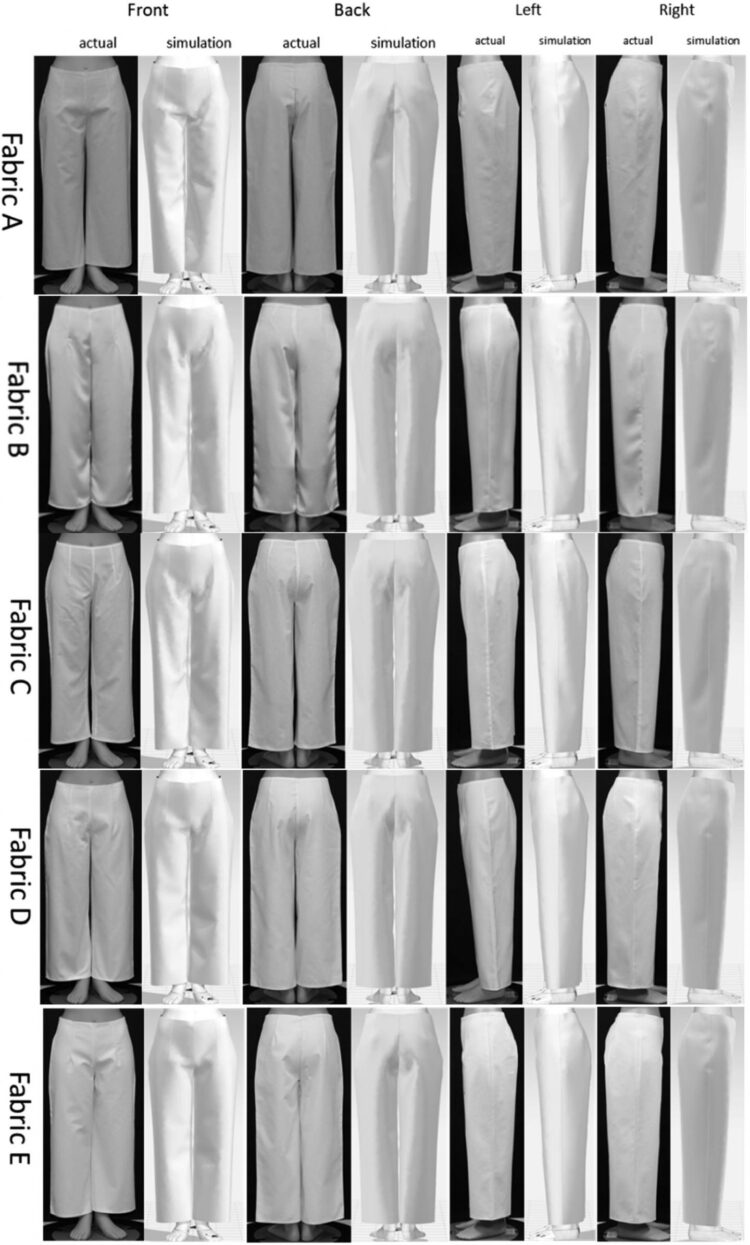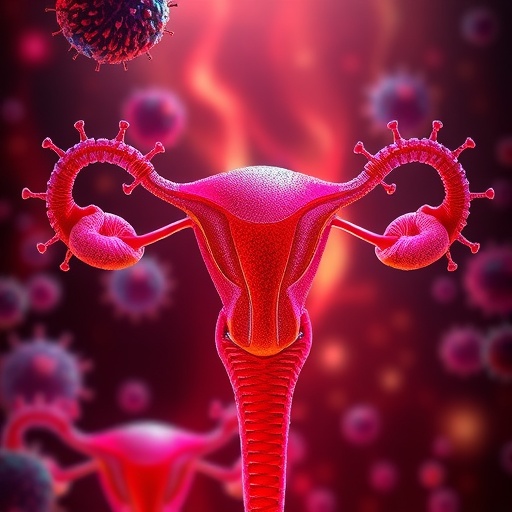
Credit: Copyright © 2020, Emerald Publishing Limited
The designing, pattern-making and prototype-making process of the apparel industry is a necessary step to confirm the appearance of the desired 3D shape of a garment before manufacturing. However, it is a time-consuming and costly process involving designers, pattern makers and sewers, and the industry hopes to make improvements in this area. 3D garment simulation technology using patterns can visually show the design of the garment without making a prototype, slimming down the laborious and often times waste-producing design and production process. As a result, many studies are underway to explore ways to improve 3D garment simulations, but there are not enough studies that compare virtual garments to real garments to show the effectiveness and validity of the simulations. In order to utilize 3D garment simulation more effectively, it is necessary to clarify the criteria for evaluating the difference between virtual and real garments. This study clarifies the criteria for subjective evaluation of similarities and differences between virtual and actual pants, quantifying the similarities and differences based on the geometrical features along the subjective evaluation.
The study took place at Shinshu University which is home to the only Faculty of Textile Science and Technology in Japan. The research group made five pairs of actual pants for a dummy using five different fabrics of different mass and thicknesses. The virtual pants were simulated with a 3D simulator. The researchers constructed the criteria for comparing virtual and real trousers of the frontal silhouette, hem and waist and width length, and large wrinkles. The structure of the evaluation was done through variance and principal component analysis. The pants were geometrically compared using 3D scanning data. Sensory evaluation was conducted by 20 participants who compared images of the virtual and actual pants in a questionnaire.
Corresponding author of the study, Associate Professor KyoungOk Kim states, “It was difficult to set the clothing design reference for performing the simulation that is practical, reflect the physical properties of the fabric, and set up the experiment while considering the restrictions of the simulator. It was also necessary to devise a method to quantitatively evaluate the difference between the 3D simulation and the actual product.” The differences between the virtual and actual pants were found to be due to the accuracy and limitation of the simulator.
The study focused on trousers, and criteria may differ depending on the type of item. They hope to continue studies to investigate the differences between common criteria and items. The goal of future research is to clarify the requirements for using 3D simulations to be useful for cutting down on waste in apparel design and production.
###
Please read “Similarities and differences between virtual and actual pants” in the journal International Journal of Clothing Science and Technology for more information.
Corresponding Author of the study: KyoungOk Kim
Faculty of Textile Science and Technology, Shinshu University, Ueda, Japan
Acknowledgements
This work was supported by JSPS KAKENHI Grant Numbers 17H01955 and 19K14008.
Media Contact
Hitomi Thompson
[email protected]
Related Journal Article
http://dx.





